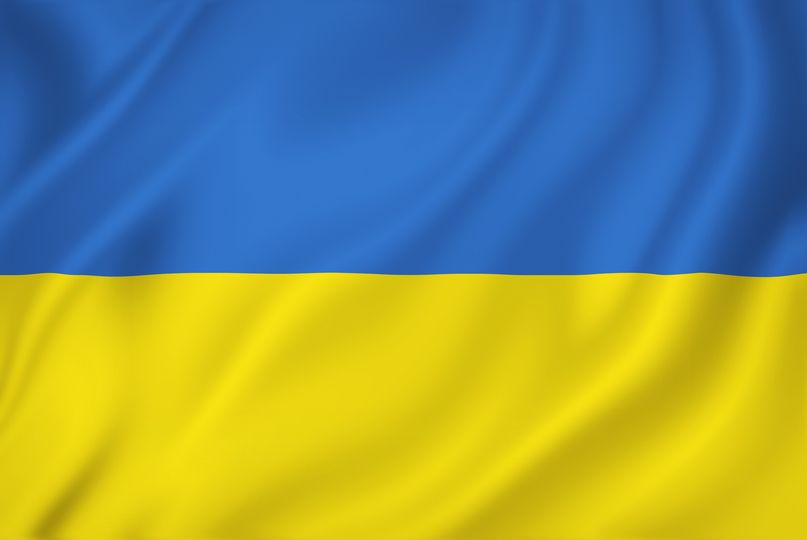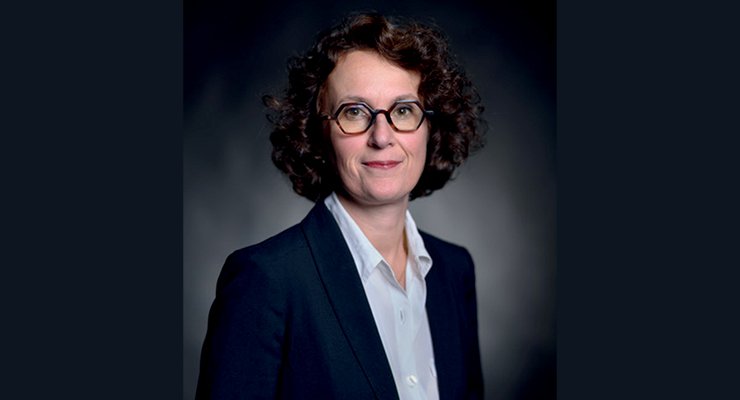UTC’s overarching ambition: to lend meaning to technology-intensive innovation
"Technology is the name that science gives itself when it is interested in applications developed for Man and by Man", said Guy Deniélou, President-founder of UTC. The technological research at UTC-Compiegne is consequently articulated around three fundamental axes: to understand in order to do (sciences for the engineer approach), to prove useful (societal and socially responsible relevance) and to develop sustainable technological systems (sustainable development approach, socially responsible research). Research plays a central role to lend meaning to innovation and to the training of engineers, masters and PhD students. UTC is committed to develop a research of excellence, competitive and creative.
Scientific policy
The UTC was the very first university to train engineers, clearly positioning technological research at the centre of engineering education and innovation, while favouring interdisciplinary research. It trains engineers, masters and doctors able to apprehend the interactions of technology with man and society and to develop products, innovative technologies of the future, answering the socio-economic challenges of tomorrow 2030–2050.
UTC has always been committed to develop excellent technological research of, both competitive and creative, thus focusing its priorities on its international visibility and vista, its influence as well as its research in partnership with the industry.
It is based on three axes of excellence:
- 1) Bio-economics, territorialized biorefineries ;
- 2) Mobility, transportation, urban planning, energy
- 3) Health, health technologies.
The UTC model
The training of engineers is based on a solid and excellent scientific base, where the subjects taught disciplines are based on the multidisciplinarity and the interdisciplinarity of the eight UTC research laboratories. These laboratories are divided into 5 mixed research units with CNRS (4), ESCOM (1) and 3 research units.
The UTC counts nearly 322 research actors (14% CNRS, 23% technical and administrative staff) and 302 contractual staff (of which 88% PhD students). Among the PhD students, 10% are in international co-supervision and 20% are in relation with industrial partners.
Scientfic versatility
The UTC aims to avail of the means to have an integrated and integral answer on a restricted number of reference problems by mobilizing a great diversity of scientific disciplines. These problems are related to societal stakes, to difficulties posed by the professions and met in the interaction with the society, where the production of knowledge is justified and mobilized by the needs of the Society and humans in general according to the requirements of the action and its “operationality”.
Through its 8 research units, UTC develops a site logic concentrating, on the same place in Compiègne, human and scientific competences based on diversity and complementarity facilitating interdisciplinarity. This logic corroborates its themes and extends its development axes. Thus UTC is strongly involved in two national “competitiveness clusters” with a worldwide vocation; viz., i-Trans,, which deals with land transportation, and Industry and agro-resources (IAR), which is dedicated to biotechnologies and in particular to the exploitation of the whole plant for industrial purposes.
A deep-rooted territorial anchorage, notably through its strong participation in regional research policies, enables it to build ambitious structures of national and international aims and visibility.
Partnerships with companies
Joint laboratories prove to be is excellent tools for carrying out long-term partnership actions; they also serve as a means in which technology transfer and cross-fertilization are facilitated. A joint laboratory is based on a co-constructed scientific project, generally lasting an average of four years, between one or more players in the economic sector and one or more of the HE institution's research units, involving financial and human resources from each of the partners.
Three joint laboratories created and renewed:
- SIVALAB, associating UTC, the CNRS and Renault on integrated systems for the autonomous vehicle;
- DIMEXP, associating UTC and DELTACAD, on the digital prototyping;
- FUSEMETAL, associating the UTC, the CNRS and ARCELOR-MITTAL, supported by the Hauts-de-France Region and the European Union (FEDER), on 3rd generation steels.
Other joint laboratories
- UTC-Valeo for the development of the starter-alternator “stop and go”;
- PROCEDIS, associating the UTC and INERIS (National Institute of the Industrial Environment and Risks) for the pooling of means and competences in processes and analyses;
- LATIM, associating the UTC, the CNRS and the CETIM (Technical Centre of Mechanical Industries) on the technologies of information processing in mechanics;
- SIME, associating the UTC, the CNRS and SUEZ Environnement,, for the development of intelligent systems for the water industry;
- LHN, associating UTC, the CNRS and the CETMEF (Centre d'études techniques maritimes et fluviales) on digital hydraulics.
International partnerships
UTC develops and supports research and training programmes with strategic partners and international mobility programmes.
UTC's joint research programmes
- Mexico: LAFMIA is a joint Franco-Mexican laboratory created in 2008 with INPG, École Centrale de Nantes and CINESTAV, a Mexican research organization. The laboratory supported by the French Ministry of Research and the CNRS was renewed in November 2017. The research work of the “UMI” (mixed international unit) focuses on computer science and automation, and more particularly on robotics. The LAFMIA laboratory works mainly on drones, miniature submarines, as well as on exoskeletons, either to increase the strength of a limb or to compensate for a motor deficiency in a person.
- Lebanon: IRP (International Research Program) ADONIS, CNRS, CNRS L, Lebanese University, 2020–2025.
- Japan – University of Tokyo: thesis co-supervision, incoming and outgoing research staff mobility of, research programmes on technological systems in the field of health, transport, 2020–2023.
UTC Research mobility programmes
Launched in 2018, these programmes allow research professors to consolidate or develop international collaborations, leading to thesis co-supervision and network development. For example, such jointprogrammes have been carried out with the United States, Japan, Canada, Brazil, Italy and Colombia.
Doctoral programmes
The Doctoral School supports doctoral programmes in co-supervision with the universities of Cranfield (UK), Braunschweig (Germany) and Tokyo (Japan).
CNRS Federations
Involvement in federative structures
- Federation for Mathematics Research in Hauts-de-France (FMHF, FR2037 du CNRS) which aims to federate competences in fundamental and applied mathematics, as well as to create a strong research cluster, with a high national and international visibility.
- SFR Condorcet CNRS fedeartive research unit (FR 3417) created on January 1, 2012 and renewed in 2017 by the University of Reims Champagne-Ardenne and the University of Picardie Jules Verne in Amiens. The ambition of the SFR Condorcet is to acquire in the medium term a European recognition as a reference research centre on bio-economics.
Involvement of the UTC in Carnot institutes
- INSTITUT COGNITION, focused on cognitive technologies.
- CARNOT SMILESspecialised in mathematical modelling, numerical simulation, optimisation and data science.
Creation of the 1st UTC/CNRS collegium
The UTC and the CNRS have associated in the creation of the 1st collegium UTC / CNRS (2010−2018): a unique system anchored in the training, the research and the innovation favouring always more interdisciplinarity. This creation is part of a common approach to develop partnerships, strengthen technological research and increase their visibility.
Partnerships with the Hauts-de-France Region
The strategic plan for innovation in Hauts-de-France is organized around 3 priorities, which spread over 7 axes. These 3 priorities are based on a triptych of education / research / business:
- Focus: to increase the visibility of Picardy in a few strong sectors in terms of industrial competitiveness and research.
- Emerging sectors: to prepare the economic development of tomorrow by stimulating innovation in emerging sectors.
- Projects: to identify and reveal more innovation projects within a better coordinated regional system.
> 7 strategic areas for innovation in the Region Hauts-de-France :
- Mechanical and materials engineering, fibres ;
- Agro-resources, green chemistry;
- Transportation, multi-modal systems, advanced logistics;
- Sustainable buildings;
- Personal autonomy, health;
- Risk management and the environment;
- Creation of the Picardy Regional Innovation Agency.
Partnerships supported by the French Ministry of Research or by public sector EPIC institutions
The UTC has developed scientific partnerships notably supported by EPICs (public establishments with industrial and commercial character) such as:
- UTC-Valeo for the development of the starter-alternator “stop and go”;
- PROCEDIS, associating the UTC and INERIS (National Institute of the Industrial Environment and Risks) for the pooling of means and competences in processes and analyses;
- LATIM, associating the UTC, the CNRS and the CETIM (Technical Centre of Mechanical Industries) on the technologies of information processing in mechanics;
- SIME, associating the UTC, the CNRS and SUEZ Environnement,, for the development of intelligent systems for the water industry;
- LHN, associating UTC, the CNRS and the CETMEF (Centre d'études techniques maritimes et fluviales) on digital hydraulics.



